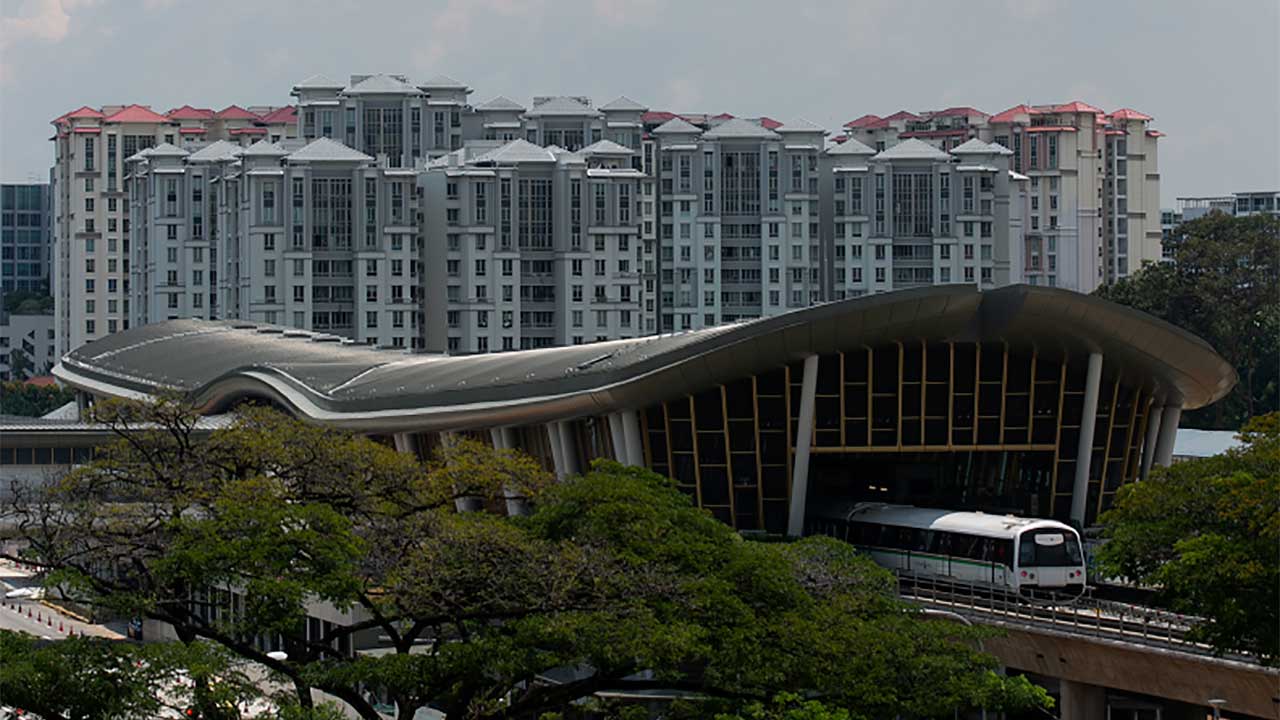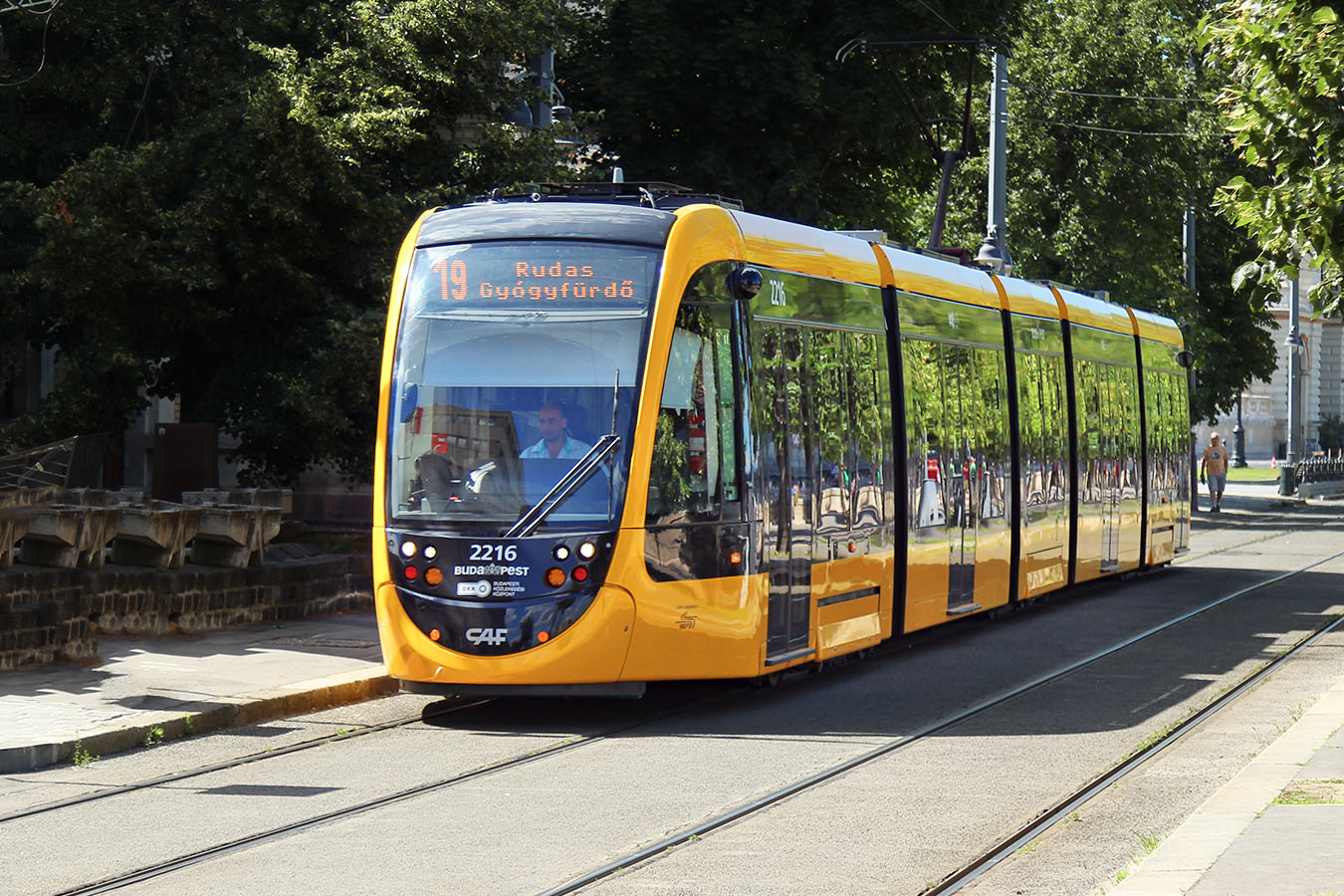What Considerations Are Important For Designing Sustainable Public Transportation Stations?

The future of public transportation is sustainable transit stations. With the increasing demand for public transportation, cities must ensure that their transit stations are eco-friendly to minimize their carbon footprint. In this post, we will discuss the benefits of sustainable transit stations and how they are paving the way for the future.
Benefits of Sustainable Transit Stations
There are several benefits of sustainable transit stations, and they are:
1. Reduced Environmental Impact
Sustainable transit stations help reduce the impact of transportation on the environment. They incorporate green technologies and renewable energy solutions, such as solar power and wind turbines, to generate their own electricity. They also have efficient lighting systems and water conservation measures in place to reduce their environmental impact.
2. Improved Air Quality
To maintain high air quality standards, sustainable transit stations integrate advanced air filtration systems. Air quality sensors are also installed to control the indoor air quality and ensure passenger comfort. These measures reduce air pollution caused by transportation.
3. Reduced Noise Pollution
Transportation noise is a significant contributor to environmental noise pollution. Sustainable transit stations incorporate materials and technologies to reduce noise pollution, such as sound-absorbing materials and noise barriers. These measures create a more pleasant commuting experience for both passengers and people living near transit stations.
4. Increased Energy Efficiency
Sustainable transit stations employ energy-efficient solutions to minimize their energy consumption. The stations have smart lighting systems that automatically adjust the brightness of lights based on the time of day. They also have heating and cooling systems that are connected to energy management systems, which optimize their operation and reduce energy consumption.
Design Features of Sustainable Transit Stations
Several design features are incorporated into sustainable transit stations to make them energy-efficient and eco-friendly. The features are:
1. Natural Light and Ventilation
Sustainable transit stations maximize the use of natural light and ventilation. They have large windows and skylights that bring in natural light and provide ventilation. This feature reduces the need for artificial lighting and air conditioning and contributes to their energy efficiency.
2. High-Quality Insulation
Insulation is an essential component of sustainable transit stations. They are well insulated to minimize heat loss and provide a comfortable environment for passengers. High-quality insulation materials such as fiberglass batts, cellulose, and foam insulation are used to reduce energy consumption and improve comfort.
3. Passive Solar Design
Sustainable transit stations utilize passive solar design features to maximize energy efficiency. They incorporate features such as shading systems to prevent direct sunlight from entering the station during hot weather and allow sunlight to enter the station in cold weather. This feature maximizes heat gain in winter and prevents heat gain in summer, reducing the need for heating and cooling systems.
4. Green Roofs
Green roofs are another design feature of sustainable transit stations. They have vegetative covers that serve several purposes such as reducing heat gain, improving air quality, and reducing noise pollution.
Future of Sustainable Transit Stations
Sustainable transit stations are the future of public transportation. With increasing demand for eco-friendly and energy-efficient solutions, sustainable transit stations will become the norm in the future. The integration of advanced technology, renewable energy, and eco-friendly features will further improve their efficiency and sustainability.
1. Increased Use of Renewable Energy
Sustainable transit stations of the future will depend more on renewable energy sources such as solar power and wind turbines. The integration of these technologies will further reduce their carbon footprint and make them more sustainable.
2. Enhanced Passenger Experience
The future sustainable transit stations will incorporate advanced technology to enhance the passenger experience. They will have features such as real-time passenger information, smart ticketing systems, and increased security measures.
3. Increased Collaboration
Collaboration between various stakeholders such as architects, engineers, and public transportation operators will further improve the design and implementation of sustainable transit stations. An integrated approach that takes into account the entire transportation network will result in more efficient and sustainable transportation systems.
4. Inclusion of Art and Culture
Public art and culture can be integrated into sustainable transit stations to make them more appealing and vibrant. Art and culture can provide a sense of identity to the station and make it a public gathering place.
FAQs
Q: What are sustainable transit stations?
A: Sustainable transit stations are public transportation stations that incorporate eco-friendly and energy-efficient features. They utilize advanced technologies to reduce their environmental impact, improve passenger comfort, and reduce energy consumption.
Q: How do sustainable transit stations benefit the environment?
A: Sustainable transit stations benefit the environment by reducing air pollution, noise pollution, and carbon emissions. They incorporate renewable energy solutions and green technologies to minimize their impact on the environment.
Q: How are sustainable transit stations different from traditional transit stations?
A: Sustainable transit stations are different from traditional transit stations because they incorporate eco-friendly and energy-efficient features. They utilize advanced technologies to reduce energy consumption, improve passenger comfort, and minimize their impact on the environment.
Q: What are the design features of sustainable transit stations?
A: The design features of sustainable transit stations include natural light and ventilation, high-quality insulation, passive solar design, and green roofs. These features are incorporated to maximize energy efficiency and minimize their impact on the environment.
Q: What is the future of sustainable transit stations?
A: The future of sustainable transit stations is bright. With increasing demand for eco-friendly and energy-efficient solutions, sustainable transit stations will become the norm in the future. The integration of advanced technology, renewable energy, and eco-friendly features will further improve their efficiency and sustainability.
Q: Why are sustainable transit stations important?
A: Sustainable transit stations are important because they provide an eco-friendly and energy-efficient solution to public transportation. They reduce the environmental impact of transportation and improve passenger comfort. They are also cost-effective in the long run and contribute to sustainable development.
Q: How can sustainable transit stations be improved?
A: Sustainable transit stations can be improved by increasing the use of renewable energy sources, enhancing passenger experience through advanced technology, collaboration between stakeholders, and inclusion of art and culture.
In conclusion, sustainable transit stations are the future of public transportation. They incorporate eco-friendly and energy-efficient features that reduce their environmental impact and improve passenger comfort. With increasing demand for sustainable solutions, sustainable transit stations will become the norm in the future.




Post a Comment for "What Considerations Are Important For Designing Sustainable Public Transportation Stations?"